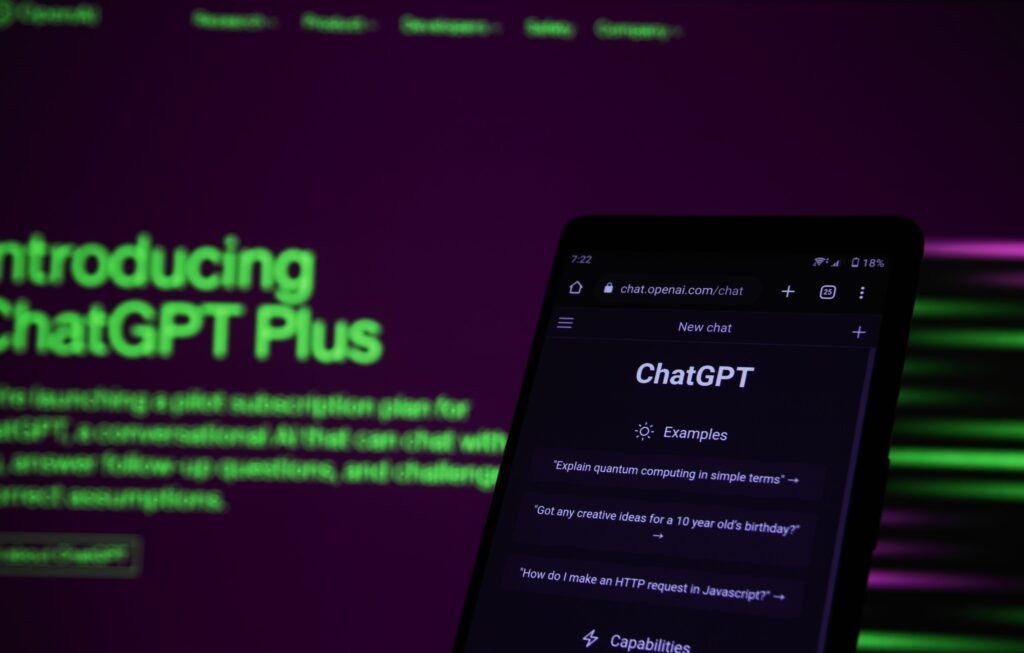Generative chat AI is an exciting technology that has been making waves in recent years. It refers to computer programs designed to interact with humans using natural language processing and can generate responses that seem to be coming from a real person.
These AI systems are capable of analysing and understanding the context of a conversation and can create responses that are not only relevant but also coherent.
According to PitchBook data, generative AI investment rose by 425% between 2020 and December 2022, totalling $2.1 billion last year. This is an especially astounding performance, given a general decline in tech investment in 2022.
This article will dive into technical details that make generative chat AI possible. We’ll explore natural language processing, deep learning, and neural networks and how they are used to train these AI systems. We’ll also touch on some challenges developers face when creating generative chat AI and how they work to overcome them.
What Is Generative Chat AI?
Generative chat AI refers to computer programs that use natural language processing (NLP) to generate human-like responses to a user’s input. These AI systems are designed to interact with humans in a way that feels natural, as if you were chatting with another person. Unlike rule-based chatbots that rely on pre-written responses, generative chat AI is capable of generating new responses on the fly based on the context of the conversation.
At its heart is a technology called deep learning, a type of machine learning that involves training neural networks on large amounts of data. By feeding these neural networks with vast amounts of text data, such as chat logs or social media posts, they can learn to generate human-like responses.
The training process involves teaching the neural network to recognise patterns in the data, such as common sentence structures, idioms, and other linguistic features. Once the network has learned these patterns, it can generate new responses that fit within the context of the conversation. The more data the neural network is trained on, the better it becomes at generating natural-sounding responses.
Read the full article here.






